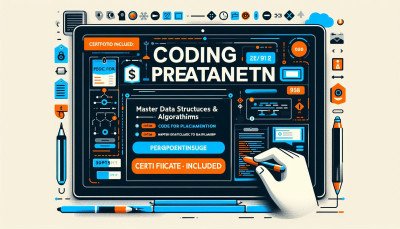Compiler Design - Significance of Bottom Up Parsing
Bottom-Up Parsing is a technique in compiler design where parsing begins from the input symbols and works towards the start symbol of the grammar. It systematically reduces the input into a parse tree by applying production rules in reverse (i.e., reducing a string of symbols to a non-terminal).



















